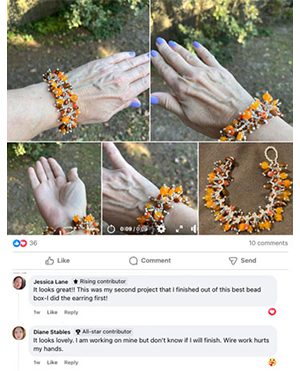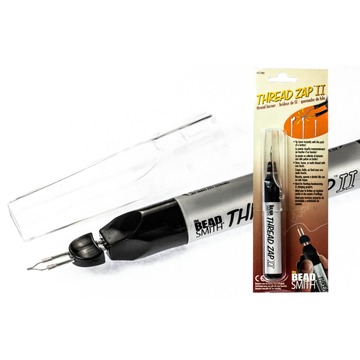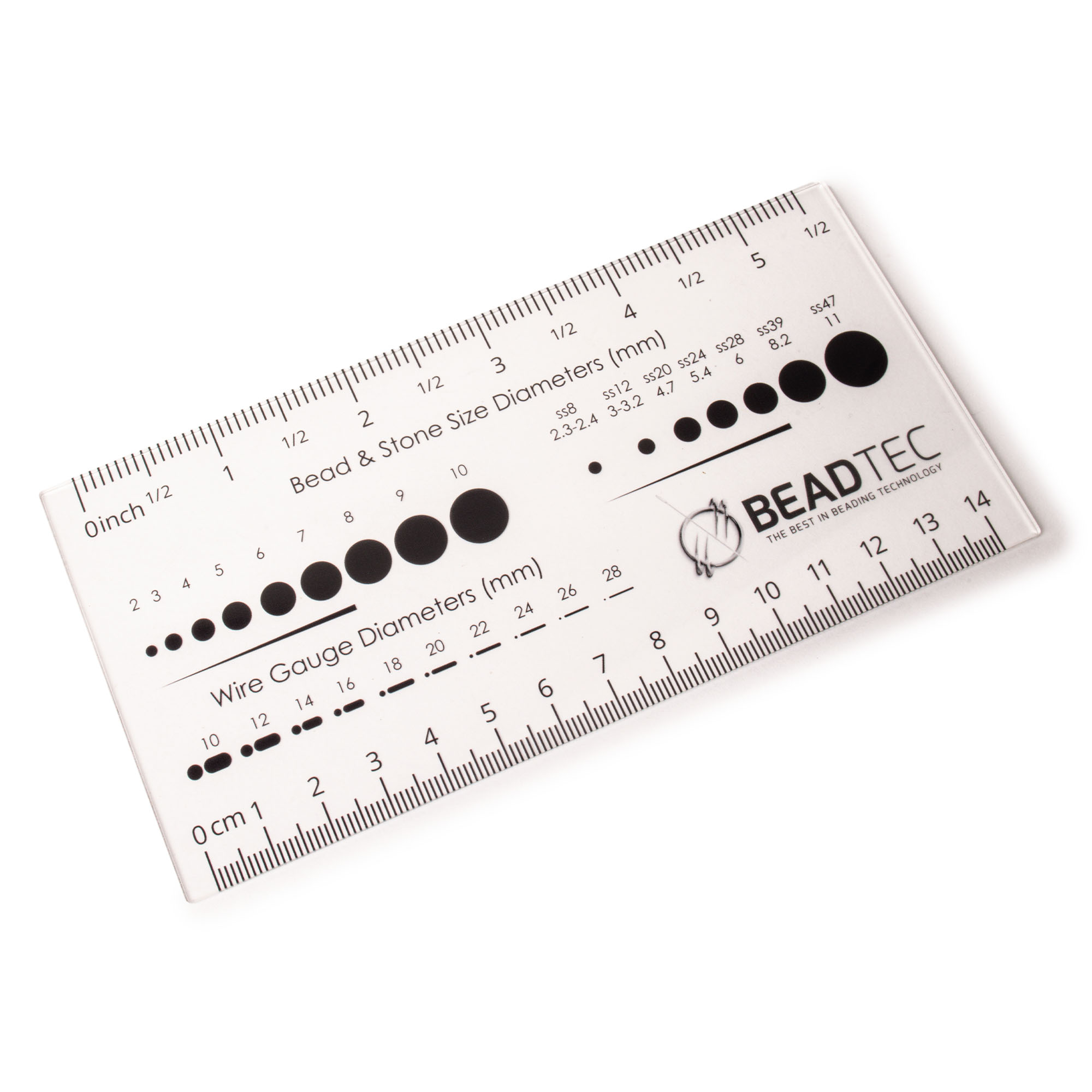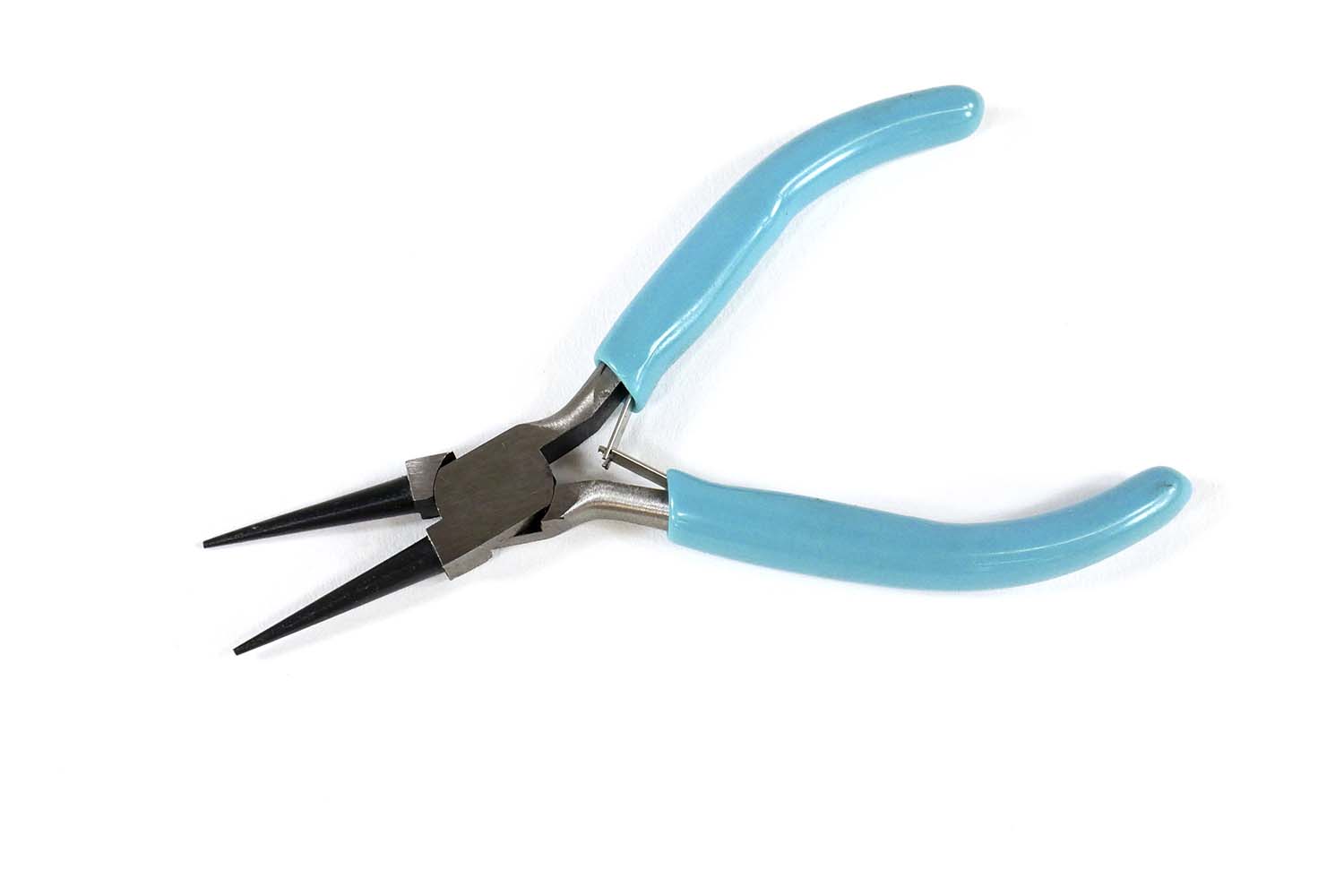- Jewelry-Making Supplies ▾
Design Jewelry with Confidence!
Seed Beads
Thread, Wire, & Stringing Materials
Athenacast Findings & Components
Everything Else
- Kits & Collections ▾
Assemble Your World
Kits & Collections
- Subscriptions ▾
Want monthly Beading Happiness?
Subscriptions
- Learn to Make ▾
Want to learn more?
- Discounts & Deals ▾
Explore Today's Promotions!
- Jewelry-Making Supplies
- Kits & Collections
- Subscriptions
- Learn to Make
- Discounts & Deals
-
Seed Beads
Thread, Wire, & Stringing Materials
Findings & Components
Everything Else
-
Kits & Collections
-
Subscriptions
- Home
- How to Make Jewelry
- Projects & Tutorials
- Stitches
- 2-Hole Tubular Peyote Stitch
2-Hole Tubular Peyote Stitch

Step 1: Choose Your Materials
Step 1: Choose Your Materials
Step 2: Watch the
Video Tutorial
Step 2: Watch the
Video Tutorial
Step 3: Need More Help? Follow these Steps
Step 3: Need More Help? Follow these Steps

Quick Project Steps
Quick Project Steps
Starting the Stitch: Begin with a pattern of an 11/0 seed bead, a two-hole bead, and repeat, forming a circle by passing through the first added bead.
Building the Tube: Continue adding two-hole beads and 11/0 seed beads, alternating and stepping up at the end of each row to form a tubular shape.
Adjusting for Pattern: To create a spiral pattern, alternate the order of beads with each row. For a straight pattern, maintain the same order.
Finishing: To finish, connect the ends to form a bangle or attach clasps as desired, ensuring the pattern is continuous and seamless.
Additional Tips: Maintain even tension throughout to ensure uniformity in the stitch.
Step 4: Pick Your Own Colors
Step 4: Pick Your Own Colors
Step 5: Need Any Extra Materials?
Step 5: Need Any Extra Materials?
Step 5: Need Any Extra Materials?
Step 5: Need Any Extra Materials?
Step 6: Choose Your Next Project
Step 6: Choose Your Next Project
- Learn how to create beautiful and artistic RounDuo Bangle Stacker Bracelets in this DIY jewelry-making tutorial. Using RounDuo or RounDuo Mini beads paired with 11/0, 15/0, and 8/0 seed beads, this video will guide you through each step, from selecting materials to finishing with a clasp or continuous bangle design.Learn how to create beautiful and artistic RounDuo Bangle Stacker Bracelets in this DIY jewelry-making tutorial. Using RounDuo or RounDuo Mini beads paired with 11/0, 15/0, and 8/0 seed beads, this video will guide you through each step, from selecting materials to finishing with a clasp or continuous bangle design. Perfect for both beginners and advanced beaders, this project allows for endless creativity with color combinations. Shop the materials needed and follow along to create your own unique bracelet!
Read More
Step 6: Choose Your Next Project
Step 6: Choose Your Next Project
- Glasgow Rose Embroidered Pendant - DIY Jewelry Making Tutorial by PotomacBeads
- Glasgow Rose Embroidered Pendant - DIY Jewelry Making Tutorial by PotomacBeads
- Comet Earrings - DIY Jewelry Making Tutorial by PotomacBeads
- Flower Gem Earrings - DIY Jewelry Making Tutorial by PotomacBeads
- Embroidered Rings - DIY Jewelry Making Tutorial by PotomacBeads
Join Our Growing Community
Join Our Growing Community




Our Testimonials
Our Testimonials
- 55983 (83.8%)
- 4812 (11.4%)
- 3295 (4.1%)
- 230 (0.4%)
- 123 (0.3%)
- Favorite Reviews
- Highest to Lowest
- Newest to Oldest
- All Ratings
- 5 ★ Reviews
- 4 ★ Reviews
- 3 ★ Reviews
- 2 ★ Reviews
- 1 ★ Reviews
Loading...
Only Visible on Admin Mode
Item Description
Designer's Material List
Project Steps
Starting the Stitch: Begin with a pattern of an 11/0 seed bead, a two-hole bead, and repeat, forming a circle by passing through the first added bead.
Building the Tube: Continue adding two-hole beads and 11/0 seed beads, alternating and stepping up at the end of each row to form a tubular shape.
Adjusting for Pattern: To create a spiral pattern, alternate the order of beads with each row. For a straight pattern, maintain the same order.
Finishing: To finish, connect the ends to form a bangle or attach clasps as desired, ensuring the pattern is continuous and seamless.
Additional Tips: Maintain even tension throughout to ensure uniformity in the stitch.
Highest Quality
Products
100% Money
Back Guarantee
Fast
Shipping
Best Teaching &
Customer Service
You'll want these emails...
Get Free Projects & Inspiration
Get Free Projects & Inspiration
- Bullet 1
- Bullet 2
- Bullet 3
Copyright © PotomacBeads



















